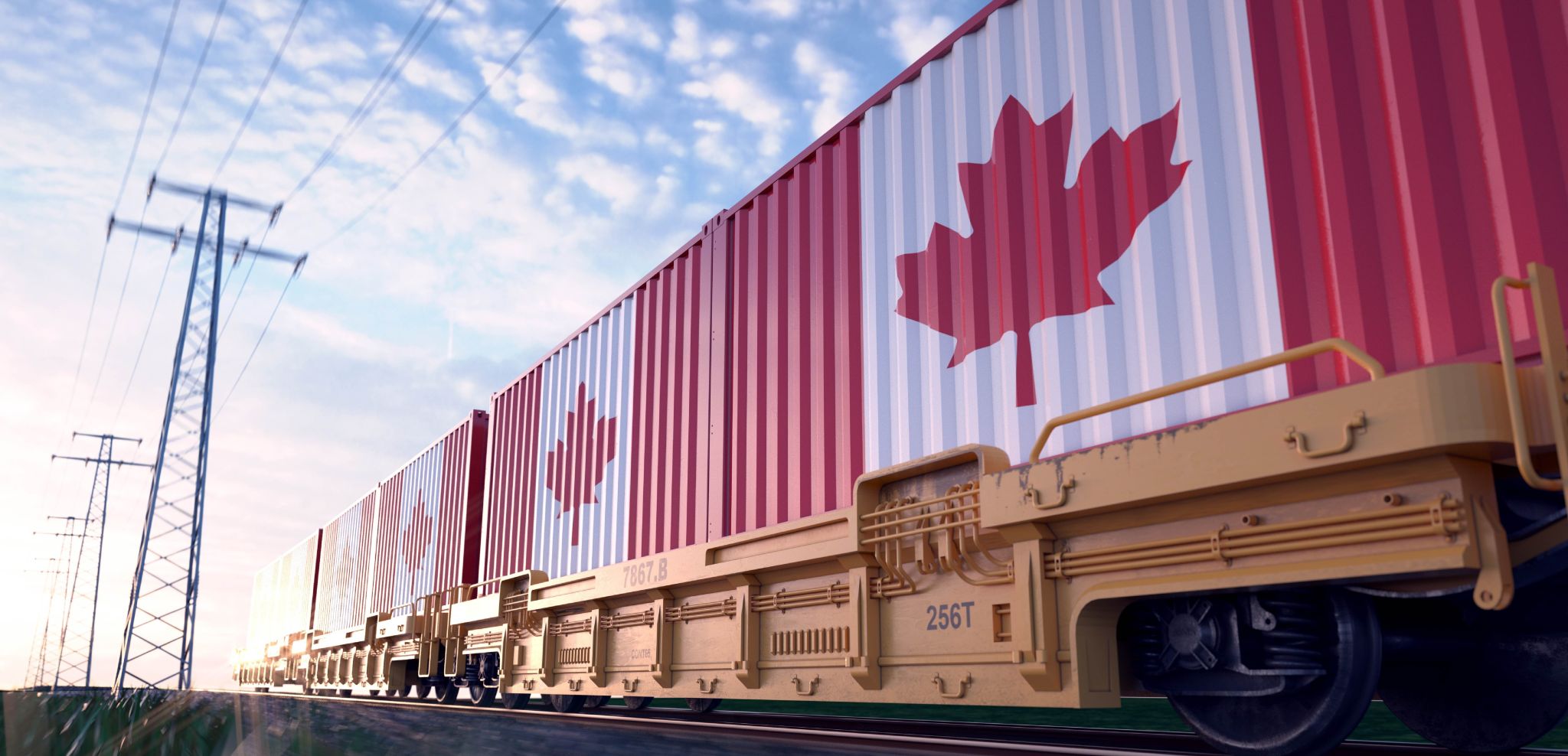Oh Canada, we’ve got ourselves a deal
-
At long last, and just in time for Canada Day, the federal government is taking steps to tear down interprovincial trade barriers.
-
Bill C-5, the Free Trade and Labour Mobility in Canada Act, has become law. And while removing federal barriers to interprovincial trade is a positive step, history suggests obstacles will remain.
-
‘Special interests’ groups will mobilize behind the scenes to secure carve-outs from the legislation, which may undermine its effectiveness.
-
More challenging still is the commercial reality on the ground. As Canada’s experience in free trade shows, the mere lowering of tariff walls does not automatically boost trade flows. Canada liberalized trade with Europe and Asia, for example, but Canadian exports to these regions have not meaningfully increased.
-
So can we expect to see more Okanagan Riesling on shelves east of the Rockies? It’s probably too early to pop the cork and celebrate that victory.
-
Statistics Canada data shows that Canadians trade less with each other than they do with the rest of the world, in percentage terms. In the ’80’s, roughly half of Canada’s total trade was interprovincial. Following a series of FTAs, that proportion has dipped closer to a third.
-
Internal barriers may help explain why trade between provinces has lagged trade with the wider world. RBC Economics concluded earlier this year that estimates may differ about the economic gains associated with reducing internal trade barriers, but what seems certain is that free trade among the provinces is a pro-growth policy—particularly for the smaller provinces.
The week that was
-
In addition to having her term as Canada’s Ambassador to the U.S. extended, Kirsten Hillman was named Canada’s chief negotiator in trade talks with the U.S.
-
Complaints from U.S. manufacturers that China was limiting the release of rare-earth elements despite its trade truce with Washington prompted Beijing to promise on Friday that it would approve U.S applications. This comes a day after Trump announced that the U.S. and China had “just signed” a deal.
-
The U.K. unveiled a broader trade strategy focused on its £500 billion a year service exports sector and the desire to land deals with a range of partners, including the six-member Gulf Cooperation Council.
-
Trump threatened Spain with increased tariffs, after Spanish Prime Minister Pedro Sánchez rejected NATO’s new target of spending 5% of GDP on defence.
-
Donald Trump, at the urging of oil executives, is pushing to rollback climate laws as part of U.S.-EU trade negotiations.
The big number
US$179.2 billion
Total value of U.S. exports in May, down 5.2% versus April – that’s the sharpest month-over-month decline since 2000
Global oil and gas trade just got risky—again
As Iran and Israel traded missiles and the U.S. bombed three of Tehran’s nuclear facilities, oil tanker rate premiums spiked 83%. And with major LNG exporter Qatar briefly getting ensnared in the crisis, another element of risk was added to the global oil and gas trade.
While oil tanker rates cooled off a couple days after the ceasefire, this volatility could remain a perennial issue hovering over global commodity production—and prices. Meanwhile, LNG tanker rates, due to re-routing and summer demand, remain elevated. By 2030, almost 25% of global LNG flows are expected to pass through the Strait of Hormuz, a critical oil and gas channel in the Middle East, based on Rystad data.
Canada has an opportunity to help de-risk global supply from both a geopolitical and a concentration of supply standpoint—a proposition valued by European and Asian buyers, as we highlighted in our recent report A G7+ Strategy for Natural Gas: Four Scenarios for Energy Security in the 2040s.
And Canada would soon become a bona fide member of the LNG exporters club.This weekend, LNG Canada awaits the arrival of likely two LNG carriers, including Puteri Sejinjang, a new 174,000-cubic-metre carrier, to pick up the first-ever shipment of gas from the West Coast facility.
Final Word
“Our strategic response to this new world can’t be based on nostalgia or post-imperial delusion, let alone any ideological or dogmatic attachment to one trading bloc or another.”
–Douglas Alexander, U.K.’s Trade Minister
This article is intended as general information only and is not to be relied upon as constituting legal, financial or other professional advice. The reader is solely liable for any use of the information contained in this document and Royal Bank of Canada (“RBC”) nor any of its affiliates nor any of their respective directors, officers, employees or agents shall be held responsible for any direct or indirect damages arising from the use of this document by the reader. A professional advisor should be consulted regarding your specific situation. Information presented is believed to be factual and up-to-date but we do not guarantee its accuracy and it should not be regarded as a complete analysis of the subjects discussed. All expressions of opinion reflect the judgment of the authors as of the date of publication and are subject to change. No endorsement of any third parties or their advice, opinions, information, products or services is expressly given or implied by Royal Bank of Canada or any of its affiliates.
This document may contain forward-looking statements within the meaning of certain securities laws, which are subject to RBC’s caution regarding forward-looking statements. ESG (including climate) metrics, data and other information contained on this website are or may be based on assumptions, estimates and judgements. For cautionary statements relating to the information on this website, refer to the “Caution regarding forward-looking statements” and the “Important notice regarding this document” sections in our latest climate report or sustainability report, available at: https://www.rbc.com/our-impact/sustainability-reporting/index.html. Except as required by law, none of RBC nor any of its affiliates undertake to update any information in this document.


